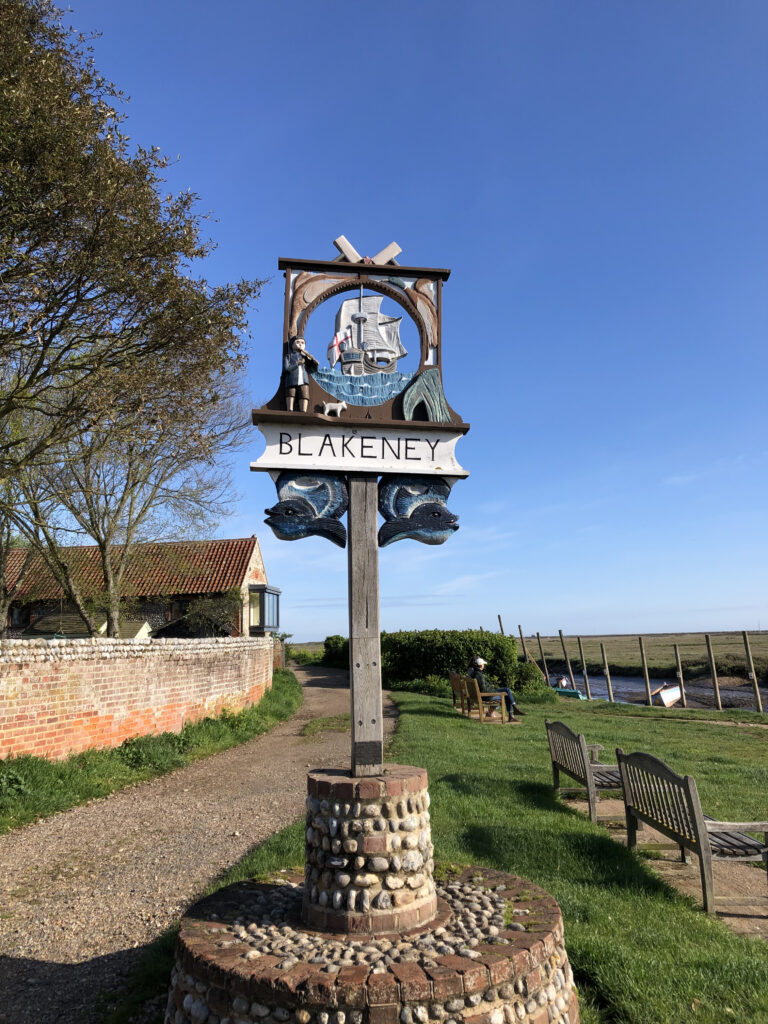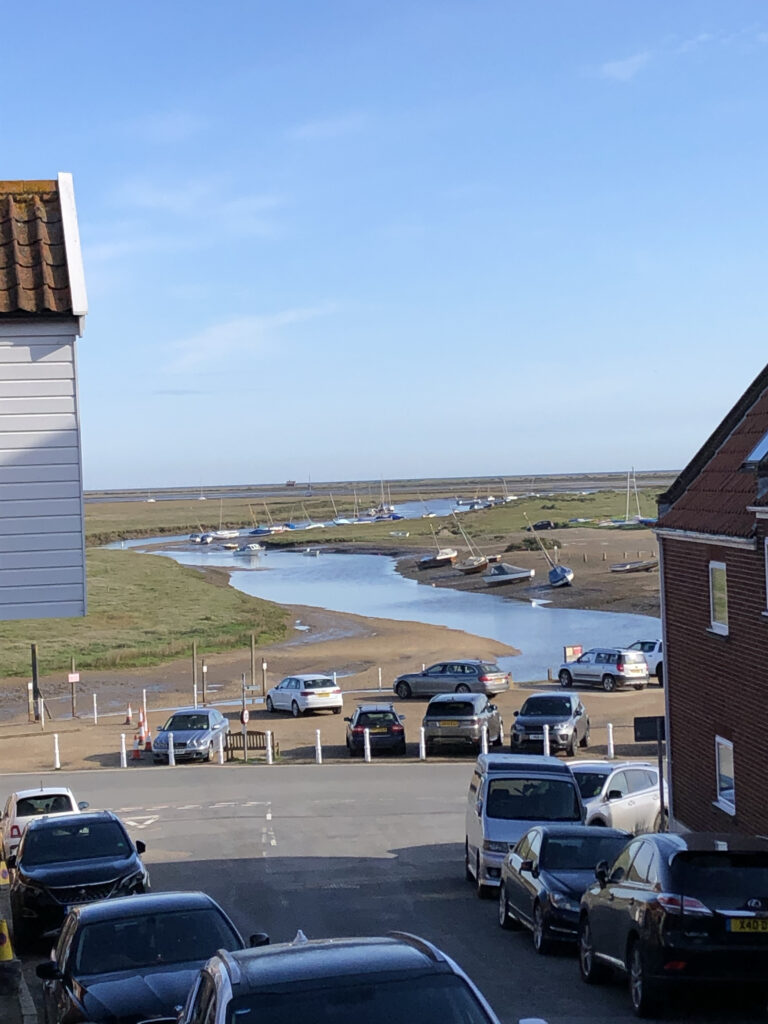I have just returned to London from a short ‘staycation’ in the North Norfolk coastal village of Blakeney. The name means ‘Black Island’ in medieval English and it is several centuries old. Its first appearance under that name was in a document of 1340. Under a different name, it appeared in the Domesday Book of 1086. Rather more recently, a racehorse named after the village won the Derby in 1969. Four years later, Britain’s most celebrated flat race was won by a horse called Morston, which is the name of the next village along the coast to the west. The stallions were brothers. But, no, this is not a blog about in-breeding.

Shortly after its appearance in the Domesday Book, Blakeney began to acquire something of a reputation for piracy. Between 1328 and 1350, sailors from the village boarded two vessels at sea and sailed them back to Blakeney, where they were emptied of their cargoes. Such was the lawlessness of the residents that the village refused to supply a ship for the battle against the Spanish Armada. (That line straight out of Wikipedia!) Could there ever have been a more blatant case of putting up two fingers to the notion of patriotism?

Pirates or not, Blakeney was a commercial port until the early 20th century, but these days the harbour is silted up; only small boats can make their way past Blakeney Point out to sea. And in the modern era, Blakeney is a popular tourist resort during the summer months. In it and the other small villages along the coast, it might take 10 minutes to move 100 yards if you’re driving around between June and early September. The whole area is a veritable paradise for those who are fond of crabbing, fishing and bird-watching. There are boat trips to visit seal colonies a little way out to sea, the various competing businesses which offer these excursions being lined up along Blakeney quay in much the same way as rival bookmakers are when they ply their trade at Epsom racecourse.

The North Norfolk Coastal Path travels through Blakeney and the neighbouring villages, winding various routes out to sea between myriad salt marshes. On one walk we went on, the sun came out intermittently while the clouds threatened a downpour without, fortunately, ever quite delivering one. The coastline is unusual: heading east from Blakeney, one reaches Cley next the Sea, where the walk out to the North Sea will eventually end you up on an enormous beach of relentless, seemingly endless, shingle. Heading 10 miles west, one arrives at Wells-next-the-Sea. Near there is Holkham Sands, which has to be a contender for the largest sandy beach in Britain. (A photo of the dunes thereon are shown on the home page.) In a filmic context, it is supposed to be a setting in Connecticut for the closing sequence in Shakespeare in Love.
After a long walk on the sands, you will likely be in need of a reviving pint of real ale. Fortunately, there are several local pubs which can provide that.
